|
Your search criteria found 1300 images Gallery: Universe |
| My List |
Addition Date |
Target
|
Mission | Instrument | Size |

|
2010-02-17 |
Wide-field Infrared Survey Explorer (WISE) |
WISE Telescope |
6666x6666x3 | |
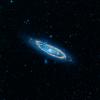
|
|||||

|
2006-04-26 |
Hubble Space Telescope Spitzer Space Telescope |
IRAC Visible Light |
2905x1486x3 | |
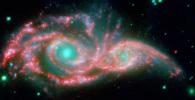
|
|||||

|
2006-04-26 |
Spitzer Space Telescope |
IRAC |
1010x1010x3 | |
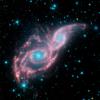
|
|||||

|
2006-05-11 |
Spitzer Space Telescope |
IRAC MIPS Visible Light |
900x859x3 | |
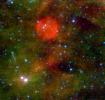
|
|||||

|
2010-02-17 |
Wide-field Infrared Survey Explorer (WISE) |
WISE Telescope |
2666x2666x3 | |
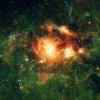
|
|||||

|
2006-06-06 |
Hubble Space Telescope Spitzer Space Telescope |
IRAC Multiband Imaging Photometer (MIPS) |
1778x1778x3 | |
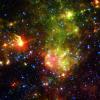
|
|||||

|
2006-06-05 |
Spitzer Space Telescope |
IRAC Mosaic-I Camera Mayall 4-Meter Telescope |
1114x1380x3 | |

|
|||||

|
2006-06-09 |
Spitzer Space Telescope |
IRAC |
2325x2329x3 | |
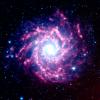
|
|||||

|
2006-07-21 |
Hubble Space Telescope Spitzer Space Telescope |
IRAC Visible Light |
900x360x3 | |
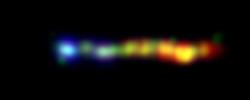
|
|||||

|
2006-07-24 |
Spitzer Space Telescope |
3200x2400x3 | ||
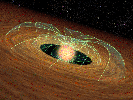
|
|||||

|
2006-07-28 |
Galaxy Evolution Explorer (GALEX) |
GALEX Telescope |
2574x858x3 | |
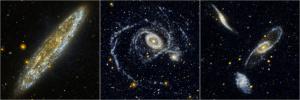
|
|||||

|
2006-08-23 |
Galaxy Evolution Explorer (GALEX) |
3000x2400x3 | ||
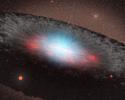
|
|||||

|
2006-08-23 |
Galaxy Evolution Explorer (GALEX) |
3000x2400x3 | ||
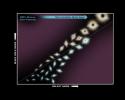
|
|||||

|
2006-09-01 |
Spitzer Space Telescope |
IRAC |
6000x6000x3 | |
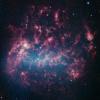
|
|||||

|
2006-09-01 |
Spitzer Space Telescope |
IRAC Multiband Imaging Photometer (MIPS) |
6000x6000x3 | |
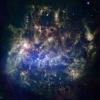
|
|||||

|
2006-09-28 |
Galaxy Evolution Explorer (GALEX) Spitzer Space Telescope |
MIPS Ultraviolet/Visible Camera |
7430x2410x3 | |

|
|||||

|
2006-10-12 |
Spitzer Space Telescope |
640x479x3 | ||
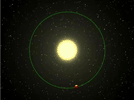
|
|||||

|
2006-10-12 |
Spitzer Space Telescope |
MIPS |
2396x2680x3 | |

|
|||||

|
2006-10-12 |
Spitzer Space Telescope |
2400x3200x3 | ||

|
|||||

|
2006-10-27 |
Spitzer Space Telescope |
IRAC Multiband Imaging Photometer (MIPS) |
3000x2300x3 | |
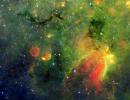
|
|||||

|
2006-10-03 |
Spitzer Space Telescope |
MIPS |
1500x558x3 | |

|
|||||

|
2006-10-27 |
Spitzer Space Telescope |
IRAC Multiband Imaging Photometer (MIPS) |
2448x2244x3 | |
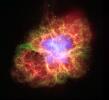
|
|||||

|
2006-11-07 |
Spitzer Space Telescope |
IRAC Ultraviolet/Visible Camera |
6000x6000x3 | |
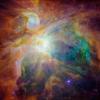
|
|||||

|
2006-12-05 |
Galaxy Evolution Explorer (GALEX) |
3000x2000x3 | ||
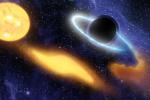
|
|||||

|
2006-12-08 |
Spitzer Space Telescope |
IRAC |
2320x2420x3 | |

|
|||||

|
2006-12-08 |
Spitzer Space Telescope |
MIPS |
2861x1439x3 | |
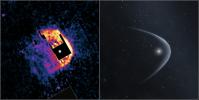
|
|||||

|
2006-12-08 |
Spitzer Space Telescope |
IRAC |
3000x2141x3 | |
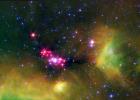
|
|||||

|
2006-12-18 |
Spitzer Space Telescope |
644x481x3 | ||
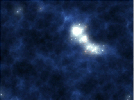
|
|||||

|
2006-12-18 |
Spitzer Space Telescope |
IRAC |
2430x1525x3 | |
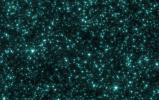
|
|||||

|
2007-01-09 |
Hubble Space Telescope Spitzer Space Telescope |
IRAC Multiband Imaging Photometer (MIPS) |
2100x2400x3 | |

|
|||||

|
2007-01-09 |
Hubble Space Telescope Spitzer Space Telescope |
IRAC Multiband Imaging Photometer (MIPS) |
2394x2571x3 | |

|
|||||

|
2007-01-09 |
Spitzer Space Telescope |
IRAC Multiband Imaging Photometer (MIPS) |
2100x2400x3 | |

|
|||||

|
2007-01-16 |
Galaxy Evolution Explorer (GALEX) Spitzer Space Telescope |
IRAC |
975x700x3 | |
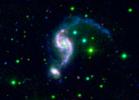
|
|||||

|
2007-01-26 |
Spitzer Space Telescope |
3000x2400x3 | ||
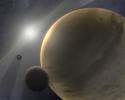
|
|||||

|
2007-01-26 |
Spitzer Space Telescope |
3200x2400x3 | ||
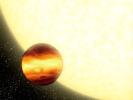
|
|||||

|
2007-01-26 |
Spitzer Space Telescope |
IRAC |
720x720x3 | |
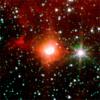
|
|||||

|
2007-02-13 |
Hubble Space Telescope |
WFPC2 |
1241x1207x3 | |
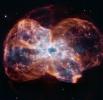
|
|||||

|
2007-02-21 |
Spitzer Space Telescope |
3000x2400x3 | ||
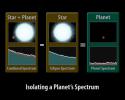
|
|||||

|
2007-02-21 |
Spitzer Space Telescope |
Infrared Spectrograph (IRS) |
3000x2400x3 | |
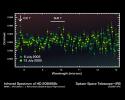
|
|||||

|
2007-02-21 |
Spitzer Space Telescope |
Infrared Spectrograph (IRS) |
3000x2400x3 | |
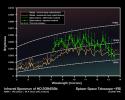
|
|||||

|
2007-02-21 |
Spitzer Space Telescope |
Infrared Spectrograph (IRS) |
3000x2400x3 | |
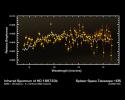
|
|||||

|
2007-02-21 |
Spitzer Space Telescope |
3000x2400x3 | ||
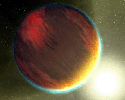
|
|||||

|
2007-03-29 |
Spitzer Space Telescope |
IRAC |
3000x2400x3 | |
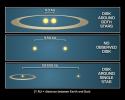
|
|||||

|
2007-03-29 |
Spitzer Space Telescope |
3000x2000x3 | ||
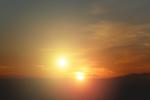
|
|||||

|
2007-03-29 |
Spitzer Space Telescope |
3000x2400x3 | ||
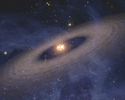
|
|||||

|
2007-05-01 |
Galaxy Evolution Explorer (GALEX) |
GALEX Telescope |
2250x2550x3 | |

|
|||||

|
2007-05-01 |
Spitzer Space Telescope |
IRAC Visible Light |
2838x948x3 | |
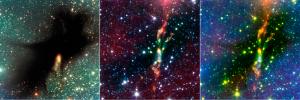
|
|||||

|
2008-04-24 |
Hubble Space Telescope |
WFPC2 |
1027x1027x3 | |

|
|||||

|
2007-07-24 |
Spitzer Space Telescope |
3000x2400x3 | ||
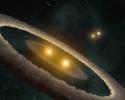
|
|||||

|
2007-09-13 |
Spitzer Space Telescope |
IRAC Chandra X-ray Telescope |
3300x3300x3 | |
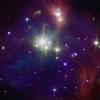
|
|||||

|
2007-09-13 |
Spitzer Space Telescope |
IRAC |
3300x3300x3 | |
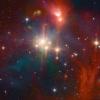
|
|||||

|
2007-10-03 |
Spitzer Space Telescope |
3000x2400x3 | ||
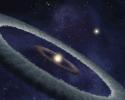
|
|||||

|
2007-10-09 |
Spitzer Space Telescope |
Infrared Spectrograph (IRS) |
2865x1749x3 | |
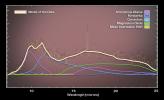
|
|||||

|
2007-10-09 |
Spitzer Space Telescope |
Infrared Spectrograph (IRS) |
3000x2400x3 | |

|
|||||

|
2007-10-22 |
Spitzer Space Telescope |
Infrared Spectrometer (IRS) |
2997x1689x3 | |
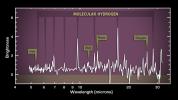
|
|||||

|
2007-10-22 |
Spitzer Space Telescope |
IRAC |
2084x2302x3 | |

|
|||||

|
2007-10-25 |
Spitzer Space Telescope |
MIPS |
1003x1139x3 | |

|
|||||

|
2007-10-25 |
Chandra X-ray Observatory |
Chandra X-ray Telescope |
5100x2550x3 | |
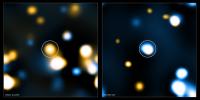
|
|||||

|
2007-10-25 |
Spitzer Space Telescope |
3000x2400x3 | ||
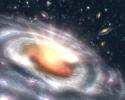
|
|||||

|
2007-11-14 |
Galaxy Evolution Explorer (GALEX) |
Ultraviolet/Visible Camera |
1333x1063x3 | |
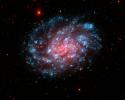
|
|||||

|
2007-11-14 |
Galaxy Evolution Explorer (GALEX) |
Ultraviolet/Visible Camera |
1012x1012x3 | |
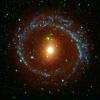
|
|||||

|
2007-11-14 |
Galaxy Evolution Explorer (GALEX) |
Ultraviolet/Visible Camera |
1122x1122x3 | |
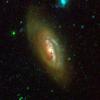
|
|||||

|
2007-11-14 |
Galaxy Evolution Explorer (GALEX) |
Ultraviolet/Visible Camera |
1200x1200x3 | |
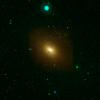
|
|||||

|
2008-01-10 |
Spitzer Space Telescope |
3000x2400x3 | ||
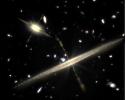
|
|||||

|
2008-04-24 |
Hubble Space Telescope |
WFPC2 |
2371x2371x3 | |
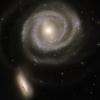
|
|||||

|
2008-04-24 |
Hubble Space Telescope |
WFPC2 |
2289x2289x3 | |
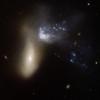
|
|||||

|
2008-04-24 |
Hubble Space Telescope |
WFPC2 |
1052x1052x3 | |
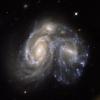
|
|||||

|
2008-04-24 |
Hubble Space Telescope |
WFPC2 |
1669x1669x3 | |
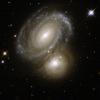
|
|||||

|
2008-04-24 |
Hubble Space Telescope |
WFPC2 |
1660x1660x3 | |
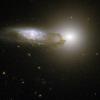
|
|||||

|
2008-04-24 |
Hubble Space Telescope |
WFPC2 |
3271x1828x3 | |
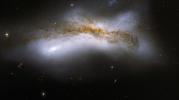
|
|||||

|
2008-04-24 |
Hubble Space Telescope |
WFPC2 |
3481x3481x3 | |
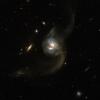
|
|||||

|
2008-04-24 |
Hubble Space Telescope |
WFPC2 |
3038x1580x3 | |
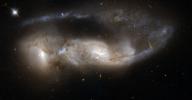
|
|||||

|
2008-04-28 |
Galaxy Evolution Explorer (GALEX) |
3840x3840x3 | ||
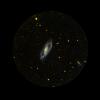
|
|||||

|
2008-05-28 |
Spitzer Space Telescope |
IRAC Infrared Spectrograph (IRS) MIPS |
925x925x3 | |
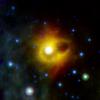
|
|||||

|
2008-05-29 |
Spitzer Space Telescope |
641x481x3 | ||
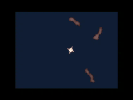
|
|||||

|
2008-07-01 |
Hubble Space Telescope |
Advanced Camera for Surveys WFPC2 |
1280x1188x3 | |
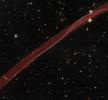
|
|||||

|
2008-07-10 |
Spitzer Space Telescope |
936x936x3 | ||
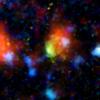
|
|||||

|
2008-07-15 |
Spitzer Space Telescope |
IRAC MIPS |
8000x4500x3 | |
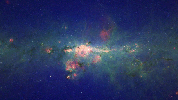
|
|||||

|
2008-08-10 |
Hubble Space Telescope |
WFPC2 |
1502x1482x3 | |
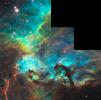
|
|||||

|
2008-10-31 |
Galaxy Evolution Explorer (GALEX) |
Ultraviolet/Visible Camera |
5400x2700x3 | |
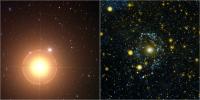
|
|||||

|
2008-11-11 |
Spitzer Space Telescope |
Infrared Spectrograph (IRS) |
3000x2400x3 | |
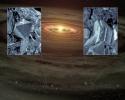
|
|||||

|
2008-12-03 |
Spitzer Space Telescope |
MIPS |
943x945x3 | |
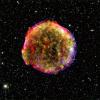
|
|||||

|
2008-12-08 |
Spitzer Space Telescope |
IRAC |
2674x2176x3 | |
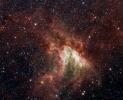
|
|||||

|
2008-12-10 |
Spitzer Space Telescope |
3000x2400x3 | ||
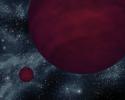
|
|||||

|
2008-12-16 |
Spitzer Space Telescope |
IRAC MIPS |
1500x1500x3 | |
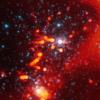
|
|||||

|
2009-01-05 |
Spitzer Space Telescope |
3000x2400x3 | ||
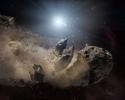
|
|||||

|
2009-01-06 |
Spitzer Space Telescope |
IRAC |
708x799x3 | |

|
|||||

|
2009-01-28 |
Spitzer Space Telescope |
IRAC |
3000x2400x3 | |
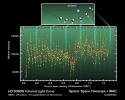
|
|||||

|
2009-01-28 |
Spitzer Space Telescope |
IRAC |
3000x2400x3 | |
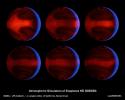
|
|||||

|
2009-01-28 |
Spitzer Space Telescope |
IRAC |
638x477x3 | |
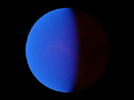
|
|||||

|
2009-02-18 |
Galaxy Evolution Explorer (GALEX) |
Digitized Sky Survey |
2766x1977x3 | |
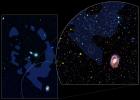
|
|||||

|
2009-04-07 |
Spitzer Space Telescope |
3000x2400x3 | ||
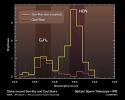
|
|||||

|
2009-04-07 |
Spitzer Space Telescope |
3000x2400x3 | ||
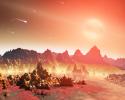
|
|||||

|
2009-04-16 |
Kepler |
Photometer |
2385x2974x3 | |

|
|||||

|
2009-04-30 |
Spitzer Space Telescope |
IRAC |
1750x940x3 | |
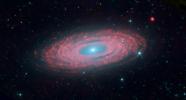
|
|||||

|
2009-05-13 |
Spitzer Space Telescope |
3000x2400x3 | ||
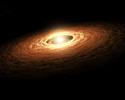
|
|||||

|
2005-11-02 |
Hubble Space Telescope |
WFPC2 |
1518x1497x3 | |
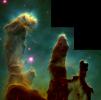
|
|||||

|
1996-01-15 |
Hubble Space Telescope |
WFPC2 |
1771x1819x3 | |

|
|||||

|
2009-08-05 |
Spitzer Space Telescope |
IRAC |
1493x1319x3 | |
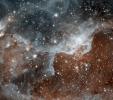
|
|||||

|
2009-08-19 |
Galaxy Evolution Explorer (GALEX) |
3000x1800x3 | ||
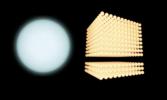
|
|||||

|
 |
 |
 |
 |
 |
 |
 |
 |
 |
 |

|
| 1-100 | 101-200 | 201-300 | 301-400 | 401-500 | 501-600 | 601-700 | 701-800 | 801-900 | 901-1000 |
| Currently displaying images: 101 - 200 of 1300 |